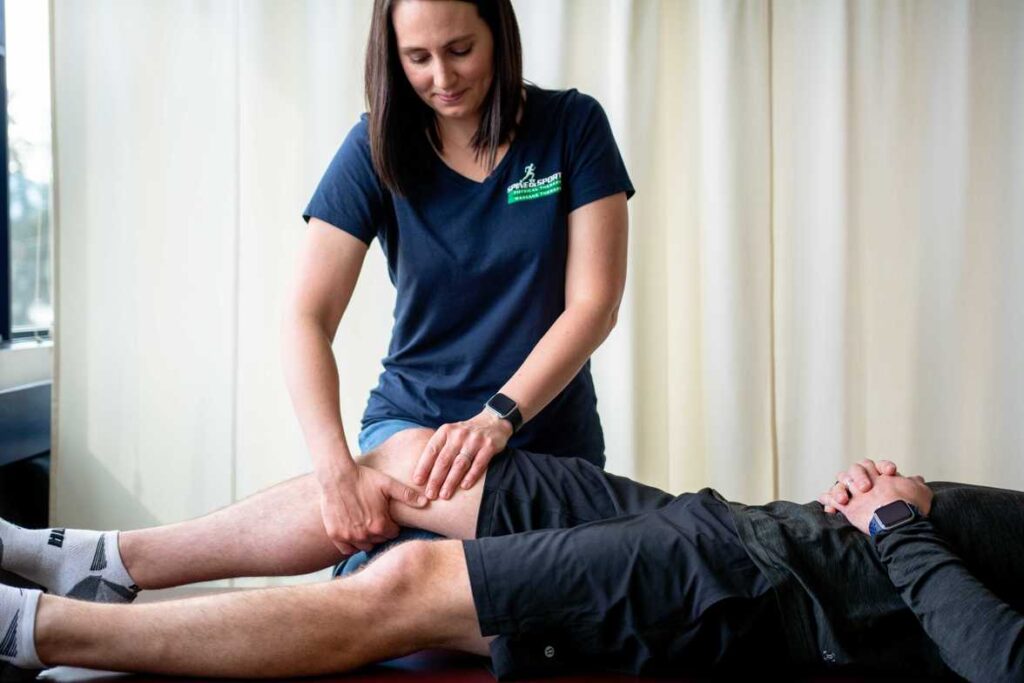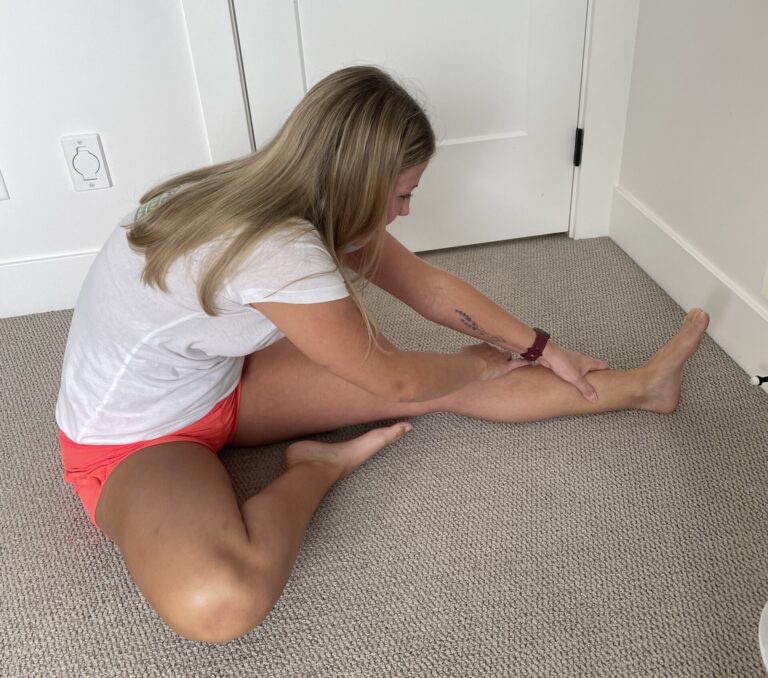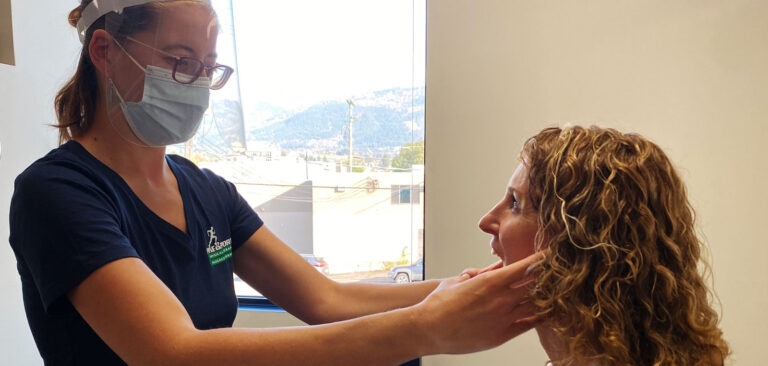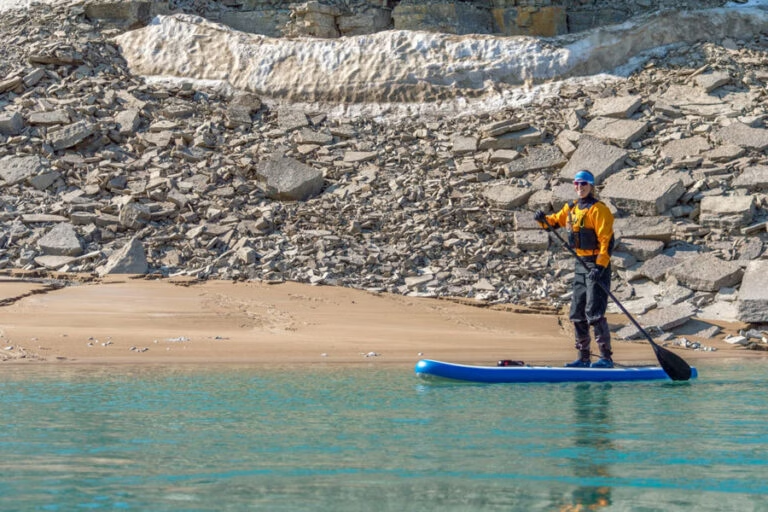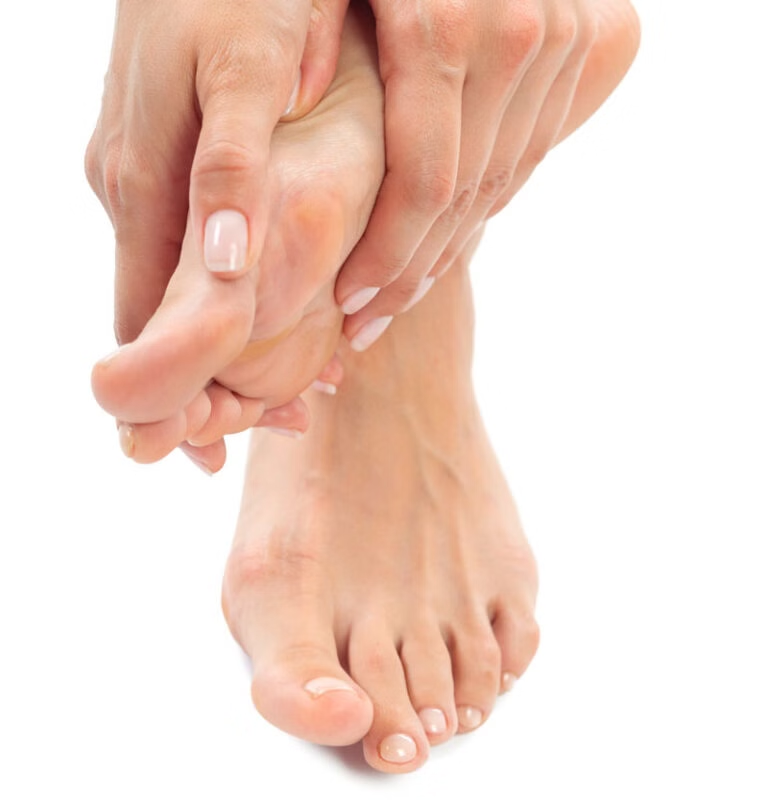Once Spring arrives Vernon’s fields are filled with kids playing soccer. It is a very popular kids sport but kids do get hurt. And we shouldn’t ignore their aches and pains. Common injuries can be colliding with other players, the ground or a goalpost. Injuries can also occur while running, twisting, shooting and landing.
Children who are injured while playing soccer most often sustain sprains and strains. Bruises are also common. These soccer-related injuries are usually minor and can be treated with basic rest, ice and compression. However, more serious injuries may occur, including:
Ankle and knee injuries:
Boys sustain more ankle injuries, while knee injuries—particularly anterior cruciate ligament (ACL) tears—are more common among girls. These injuries can result from sudden stops or turns.
Heel pain:
This may occur due to irritation of the growth plate of the heel bone. This common injury can be treated with ice, anti-inflammatory medications, calf stretches and limited running. Children with heel pain may also benefit from wearing heel cups or arch supports.
Head injuries:
Concussions are a common soccer-related injury. Players can sustain a concussion after colliding with another player or hitting the ground. These injuries may or may not cause a player to lose consciousness. All concussions are serious injuries that temporarily affect brain function and require immediate medical attention.
Mouth, face and teeth injuries:
Soccer is a common cause of these injuries. Using a mouthguard can offer some protection.
Eye injuries:
These injuries are rare in soccer but they could cause damage to the eye globe or the eye socket. All soccer players should use protective glasses or goggles made with polycarbonate or a similar material that conforms to the standards of ASTM International.
Soccer injuries could also be prevented by encouraging young people to play fairly and abide by the rules of the game. Soccer-related injuries can also be avoided by taking the following steps:
- Wear cleats with sufficient heel and arch support and grip. Use soccer balls that are water-resistant, sized by age group, and properly inflated.
- Engage in preseason training to develop conditioning and balance.
- Encourage players to limit aggressive behaviour.
- Ensure good field conditions, such as even playing surfaces without holes or irregularities.
- Secure goal posts to the ground at all times—even when not in use.
- Teach proper heading techniques at the appropriate ages and avoid excessive heading drills to reduce the risk of injury.

